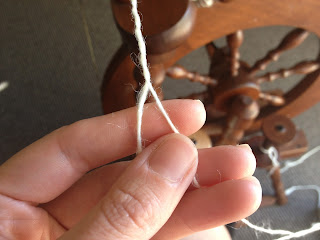Foragers Fruit Pie with Sweet Walnut Pastry
Pastry:
4 oz butter
1 egg
1 1/2 cups plain flour
1 teaspoon baking powder
3/4 cup chopped walnuts
Cream the butter and sugar until pale and creamy. Beat in the egg. Fold in the sifted flour and baking powder, along with the chopped walnuts. Wrap in food wrap and chill in the fridge while preparing the filling.
5 cups of prepared fruit: I used a mix of raspberries, red and black currents and gooseberries.
3 heaped tablespoons cornflour
4 heaped tablespoons caster sugar
Prepare the fruit by stripping the red and black currents from their stalks. Don't worry about the little tuft on the bottoms of the blackcurrants; they wont be noticed once its cooked. Cut the gooseberries in half.
Reserve some raspberries to sprinkle onto the top of the pie as the ones that are incorporated into the fruit mix will break up. Gently fold the sugar and cornflour into the fruit.
Construction:
On a large chopping board, roll the pastry into a large circle between two sheets of plastic food wrap. It's a very delicate pastry and will break up easily.
 The trick is to peel the top sheet of wrap away and place the upside down baking tray over the top - flip the whole lot, board and all, over and remove the second sheet of plastic wrap so the pastry is sitting on the baking sheet. Pile the fruit mixture onto the pastry, leaving a gap around the outside. Sprinkle the extra raspberries on top. Gently flip the extra pastry from around the outside over the edges of the pie.
The trick is to peel the top sheet of wrap away and place the upside down baking tray over the top - flip the whole lot, board and all, over and remove the second sheet of plastic wrap so the pastry is sitting on the baking sheet. Pile the fruit mixture onto the pastry, leaving a gap around the outside. Sprinkle the extra raspberries on top. Gently flip the extra pastry from around the outside over the edges of the pie.
If any leaks develop, putty them shut with a little extra pastry. Bake at 180 deg. C. until the filling had thickened and the pastry is golden brown. With quite a wet filling its important to ensure the pie is baked enough for the bottom to be sufficiently cooked.
Leave it to sit and cool before attempting to cut. It's best served either warm or at room temperature. Because its so large and delicate, its best served as is on the baking tray. You can make two smaller pies instead of one enormous one.
Sprinkle with icing sugar, pour some cream into a jug and call the family. Nothing could be better on a bright sunny summer's evening.
















































